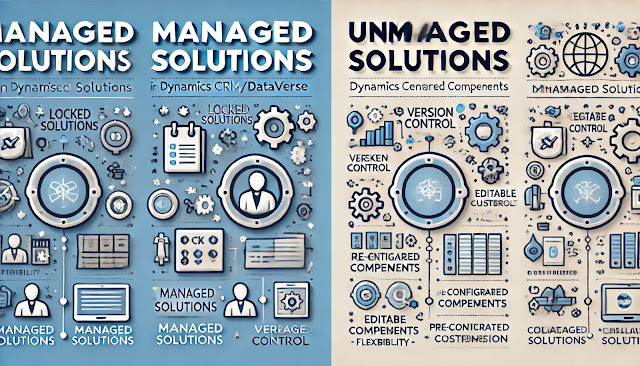Dynamics 365 Field Service : Configure territories, postal codes, and organizational units
In Dynamics 365 Field Service, Territories, Postal Codes, and Organizational Units play a vital role in connecting business operations, resource management, and automated scheduling.
Organizational Units
Definition:
Organizational Units represent internal divisions or teams within your service organization—like departments or geographic branches.
Purpose:
- Define the structure of your field service business (e.g., East Coast Services, Commercial HVAC Team).
- Assign resources (technicians) to the correct business unit.
- Control access, pricing, and processes by unit.
Example:
West Coast Services might be an organizational unit managing all field work for California and Nevada.
Territories
Definition:
Territories define geographic areas of service, typically used to route and assign work orders to the most appropriate technicians based on their location.
Purpose:
- Group technicians by location for easier scheduling.
- Improve travel time and operational efficiency.
- Ensure customers are served by local teams.
Relationship with Resources:
- Field technicians (Resources) can be assigned to one or more Territories.
- Work Orders are often matched to Territories to auto-assign nearby resources.
Example:
A territory could be named “San Diego Metro” or “Northern Region.”
Postal Codes
Definition:
Postal Codes help define precise geographic boundaries within Territories. You can associate specific postal codes to a Territory.
Purpose:
- Auto-assign Work Orders to Territories based on customer location (address postal code).
- Improve accuracy in scheduling and territory mapping.
How It Works:
When a customer’s service address includes a postal code, Field Service looks for the territory that includes that code and assigns the work accordingly.












Comments
Post a Comment